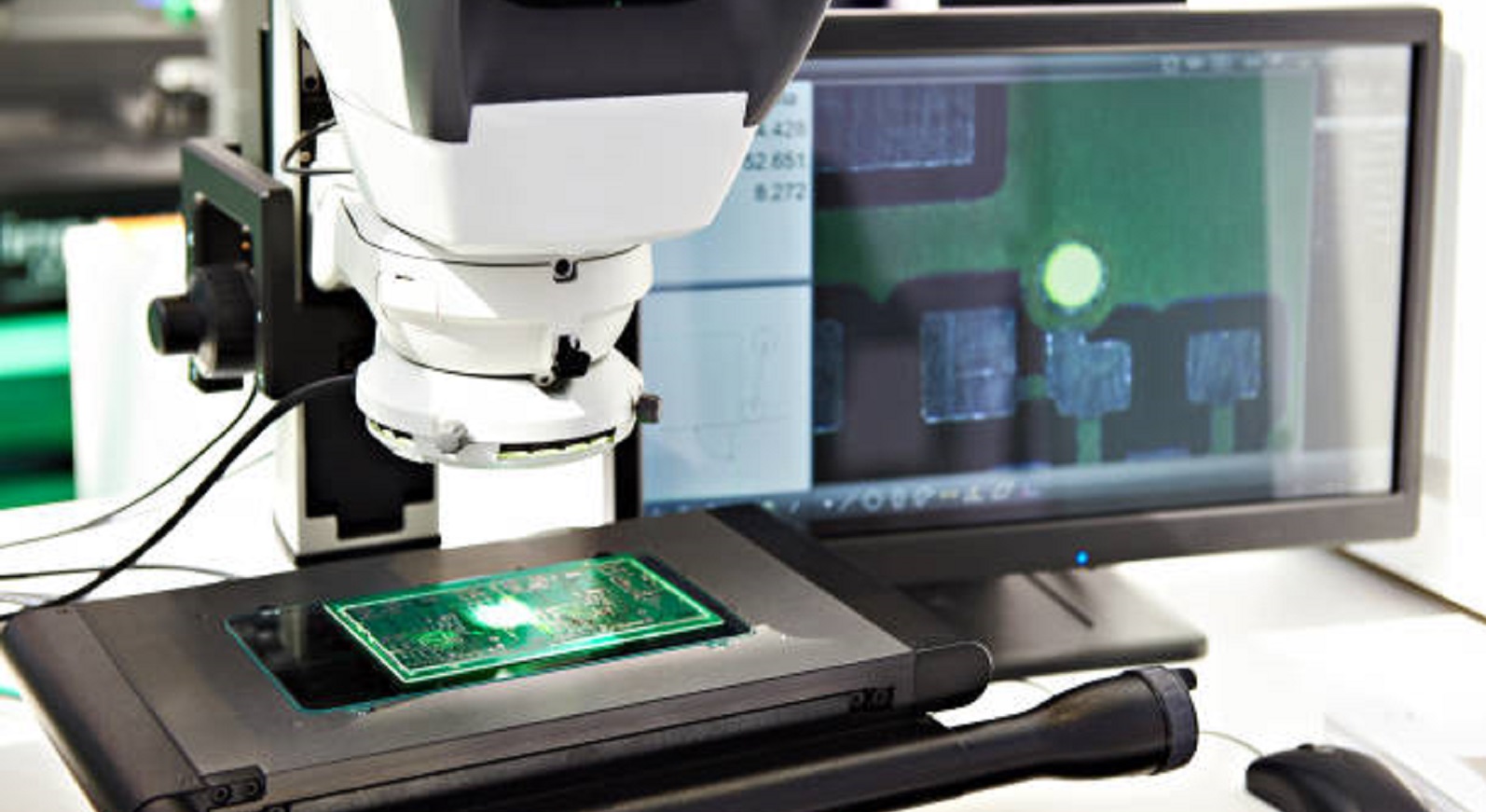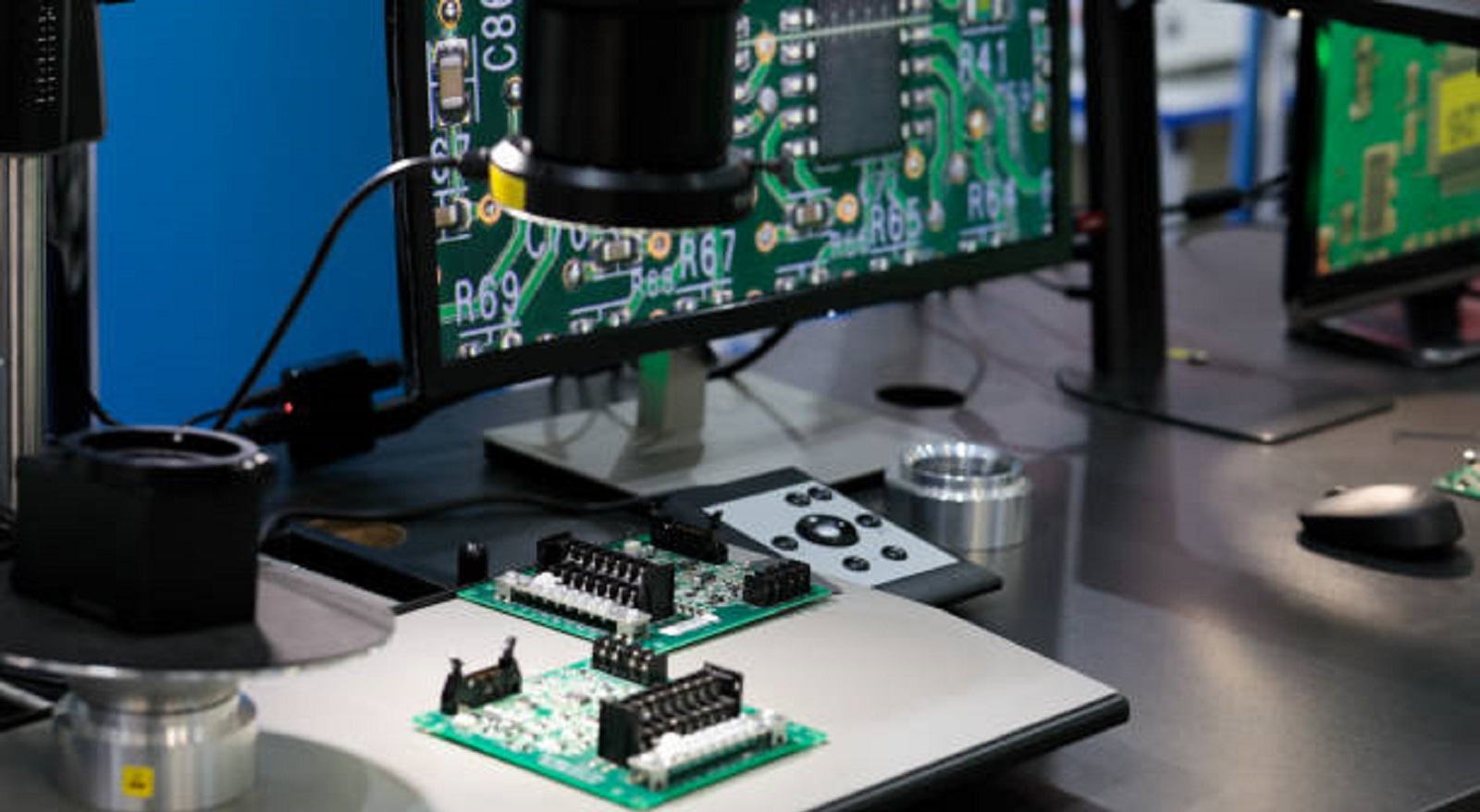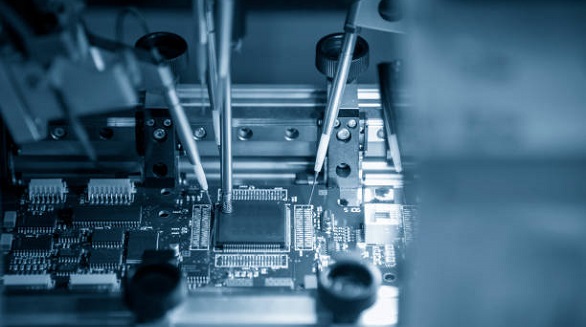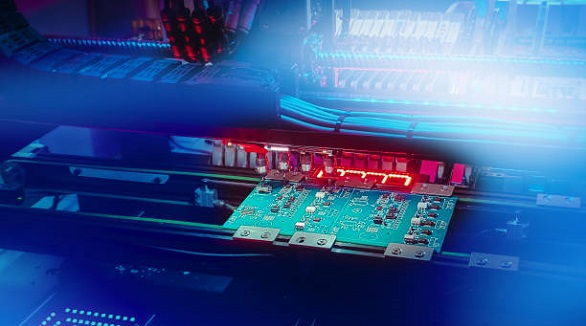First Article Inspection in SMT Assembly
FAI in SMT ensures product quality by detecting defects early, using methods like AOI and X-ray, ultimately enhancing efficiency and customer trust.
With the advanced electronics era of today, Surface Mount Technology (SMT) is the heart of modern electronic manufacturing. SMT compacts the product, makes it quicker, and more efficient. First Article Inspection (FAI) acts as a quality gatekeeper for product quality in SMT processing. The article will discuss how FAI functions in an SMT manufacturing line and why FAI is downright crucial.
Why is FAI in SMT So Important?
FAI in SMT plays the first important guard against batch defects, ensuring quality in the end product. It diagnoses defects perfectly early in production, preventing grand defects, thereby eliminating rework and scrap significantly while encouraging efficiency. In addition, it verifies process parameters, forming the basis for adherence to industry standards and winning the trust of customers.

Common FAI Methods in SMT
To ensure the completeness and accuracy of FAI, a combination of methods is generally employed:
Manual Visual Inspection (MVI): A preliminary step where inspectors use magnifying lenses and microscopes to check the model, specification, orientation, and polarity of components, looking for errors such as wrong, missing, reversed parts, tombstoning, and solder joint appearance. Experienced inspectors are able to quickly spot obvious problems.
Component Parameter Measurement: For key components (e.g., resistors, capacitors, inductors), an LCR meter or a multimeter is used for random or absolute measurement of true parameter values to confirm material accuracy.
Solder Paste Inspection (SPI): Prior to component placement, SPI devices precisely measure the thickness, area, volume, shape, location, and defects of solder paste on PCB pads. Good soldering requires proper solder paste printing.
Automated Optical Inspection (AOI): AOI machines use high-definition cameras and image processing software for rapid comparison with pre-programmed standards, easily detecting missing parts, misalignments, polarity inversion errors, incorrect models, and many visually inspectable solder defects, decreasing efficiency and inconsistency.
X-ray Inspection (X-Ray): In components that possess concealed bottom solder joints like BGA and QFN, the sole effective process is X-ray inspection. It can reveal internal solder joint status, i.e., solder ball geometry, and the presence of voids, shorts, or opens to determine the reliability of vital component soldering.
Verification and Comparison of Engineering Files: The underlying reason is to compare the original article to the present BOM, Gerber, assembly drawings, and ECNs appropriately to confirm that "as-built" always means "as-designed."
Intelligent FAI Systems: These integrate CAD import, BOM comparison, path planning, image analysis, report generation, and others to enhance automation, accuracy, and efficiency and reduce manpower dependence while achieving systematic data management.
These methods are combined in a flexible way based on product complexity, quality requirements, and production line setup to find a compromise between efficiency and quality.
Main Steps of FAI in SMT
FAI in SMT follows the following step-by-step process:
Systematic Preparation Stage: Accuracy required by completeness.
Verify documents: Collect and approve the latest accepted BOM, Gerber, assembly drawings, ECNs, etc.
Install inspection tools and equipment.
Ensure that staff have the necessary knowledge, skills, and familiarity with standards.
First Article Sample Acquisition: Pull the first or a specific number of PCBAs produced by normal processes from the production line.
Detail Inspection Content: Success lies in details.
Use the above methods in conducting point-by-point and item-by-item comparison and measurement of the first article samples.
Strict Implementation and Documentation: Strict standards with traceability.
Employ manual and automated methods of thorough investigation, no stone left unturned.
Document all inspection findings in a First Article Inspection Report (FAIR). Document evidence of non-conformances by photo and written description.
Reasoned Determination and Approval: Decisions of critical significance.
Approve for production if all the items meet standards and the report is approved and audited, facilitating mass production.
Immediately handle and track non-conformances, stop the line, investigate causes, and take corrective action. Re-perform FAI until conformance is gained. Document all non-conformances and activities taken.
Challenges and Solutions in SMT FAI
FAI has various challenges:
Balance Between Time and Efficiency: Thorough inspection can be time-consuming. Solutions are optimizing processes, reasonably allocating manual and automated activities, embracing Intelligent FAI Systems, and training improvements.
Miniaturization and Precision: It demands high equipment precision and skills in miniaturized parts. Spending in high-precision equipment and extra training can overcome this.
Document Accuracy: Maintaining BOM, Gerber, and other documents accurate and updated. A strong PLM/MES system can help achieve this effectively.
Avoiding Human Factors: Manual inspection is prone to subjectivity and fatigue error. Implementation of SOPs, cross-verification, and complete use of automation can prevent this.

FAI in SMT is an integral component of quality management and a basic foundation against defects, ensuring the quality of the final product. It helps companies control costs, enhance customer satisfaction, and project a high quality culture. We believe that FAI is the cornerstone of our dedication to customer quality. With advanced equipment, expert staff, and rigorous quality systems, we control risks at every source. Choose PCBX for reliable electronic manufacturing services, and we can build more value and find our market position together.
Hot Tags:
Contact us

If you can't find what you're looking for, please contact us.
Article

SMT enables miniaturization in electronics manufacturing but presents defects that need identification and resolution to ensure product quality and efficiency.

Surface Mount Technology revolutionizes electronics, offering size, cost, and performance benefits, but poses challenges with high setup costs and handling.

FAI ensures the first PCBA production runs meet design specifications. Automation improves FAI by enhancing efficiency, accuracy, and reducing errors, transforming quality assurance in PCB assembly.